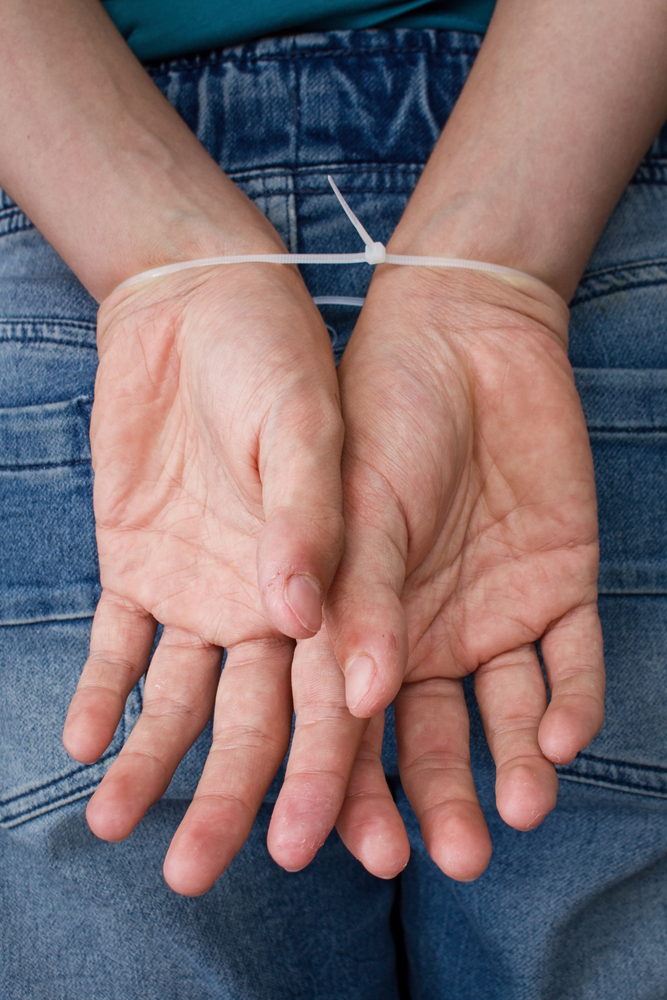For many people, jotting down a note on paper can not only serve to help them remember the thoughts occurring at any given time, but they may also interpret them differently after viewing it on paper. Art has existed for millennia, both as an essential form of communication and as a means of creative expression. People with SUD who have previously felt defeated and isolated from the world can reconnect with it once again through art.
- The process may also include reflecting on or interpreting the art and discussing it with others.
- The client has control over the art-making process and the art will take them where they need to go.
- Visual connections to emotions can be made as a form of self-expression.6.
Through art we can reach people who may have not taken the time to understand the growing issue we have in America around mental health. We can take back the narrative and provide a new way for the public to see how addiction impacts us all. As a tool for those struggling with a mental health or substance use disorder, art can be a way to express trauma, pain and emotions in an entirely new way. Art therapy, which is overseen by a trained therapist, is an effective therapeutic technique. This form of therapy has the potential to positively impact the creator’s well-being by alleviating and improving mental, emotional and physical challenges. Creating art is especially effective for individuals dealing with mental disorders as well as drug and alcohol addictions.
Expressive Arts Therapy: 15 Creative Activities and Techniques
In the video below, somatic psychologist and dance/movement therapist Dr. Jennifer Tantia explains how she used movement to transform her client’s anxiety into a sense of agency. Before you continue, we thought you might like to download our three Positive CBT Exercises for free. These science-based exercises will provide you with detailed insight into Positive CBT and give you the tools to apply it in your therapy or coaching. Experiential play therapy for adults usually involves some type of game play, which adults perceive as fun. Experiential family therapy is a group therapy technique where family members interact with each other during an activity.

While art therapy typically incorporates visual media like drawing, painting, and sculpture, art can take many forms. If you like to sing or play an instrument, you can compose songs https://trading-market.org/most-people-with-alcohol-and-drug-addiction/ that illustrate how you’re feeling. If you’ve always dreamt of being an actor or actress, you can write your own script and create characters that represent your struggles.
Want some free team building tools?
In addition to being trained in clinical skills, creative arts therapists usually specialize in a specific form of creative expression, such as dance/movement, art, music, drama, or even poetry, video/photography. Some creative expression approaches include art therapy, music therapy, journaling, rhythm and sound therapy, writing, drawing, storytelling, ceramics, and more. The creative activities are outlets that help clients understand and cope with substance use disorders. Creative expression gives clients the freedom to explore their true nature.
- Art has existed for millennia, both as an essential form of communication and as a means of creative expression.
- Group reflection promotes self-awareness and emotional regulation, as participants learn from one another’s experiences and lean on each other for support.
- Due to the symbolic value of these characteristics, the box has been utilized throughout art history.
- Group mindfulness practices and relaxation techniques, such as yoga or tai chi, significantly benefit people in all stages of recovery, offering a form of self-care.
- These activities offer people in recovery a sense of purpose and a chance to give back to the community by focusing on the needs of others.
Creative expression is a tool we can use in our recovery to rediscover the truth of who we are. It provides a healthy escape from the monotony of our daily schedules and brings back a sense of excitement and satisfaction. It allows us to regain the fulfillment and purposefulness 20 Natural Alcohol Detox Supplements and Vitamins that come with actively pursuing our interests. We find happiness and peace in expressing ourselves creatively, and this is a powerful element of healing. By simulating real-life situations, people in recovery can practice effective coping strategies and communication.
Group Art Project
Creative expression opens the door of freedom for each individual to get back to their creative talents and spirits. In this article, art therapists Gioia Chilton and Rebecca Wilkinson describe how they use mask making while working with people in addiction recovery. In the video below, expressive arts therapist Natalie Rogers uses the two techniques mentioned during a therapy session with the same client. In other words, the therapist provides the materials, equipment, and media required to facilitate a client’s creative expression during the therapy session.

Group members can later challenge their anxious thoughts by living in the moment, remembering to pay attention to the present, and learning how to stay present. For example, let’s say you had a painful experience during your time using substances. This experience has held you down for years, and it was difficult to get through it and seek help. Others around you may have had similar experiences, but no one will have yours.
The University of Hong Kong, Centre of Behavioral Health, Hong Kong
Journaling is very helpful in the recovery process, as it often allows for the alcoholic or addict to see where they’re at mentally and emotionally.3. PaintingPainting is very therapeutic, as it also allows for someone to be focused solely on what they’re doing. Any activity that allows for creative expression is beneficial to use in recovery.4.
Creative approaches such as art therapy, music therapy, and psychodrama allow people to express difficult thoughts, memories, and feelings without being constrained by words. Creative expression is a holistic approach to treatment that can help clients identify themselves and validate a meaning of themselves. The roles of creative expression in recovery are a holistic approach because not every situation is the same; each person’s recovery process is unique. Creative expression uses various images and symbols to help express complex and challenging emotions and memories that can be easily translated.



